What It's Like to Be a Disabled Model in the Fashion Industry
I am 26 years old and I have cerebral palsy. I am also a writer, journalist, activist, and I travel around the world speaking about disability and representation. But my humanity can sometimes take a back seat to the eyes of strangers who are often either agitated by my mere presence or feel entitled to answers about my disability as if it is my only trait. I experience this every time I enter public spaces. The eyes on me are unforgiving; some people even going as far as making snide remarks when I pass by. In stores, I sometimes feel like I am at a press conference. People feel they have the right to either assume that I was in some mysterious car accident (I wasn’t) or to walk up to me and ask questions about my body.
No one likes to be judged unfairly. It is dehumanizing and traumatizing. Feeling like people are looking at you or judging you is one of the most fraught experiences when you are a person with a disability. So what do you do when your job is to have people look at you? Chelsea Werner, a gymnast and model with Down syndrome; Jillian Mercado, a model with spastic muscular dystrophy; and Mama Cax, a blogger, model, amputee, and disability advocate, all know this experience firsthand. Modeling is predicated on a traditional sense of ability: Models have bodies that are considered to be aspirational, and they strut down the runway as though they are giving an ode to able-bodied walking. This makes the rise of models with disabilities revolutionary, calling into question an acceptable form of discrimination in the industry. Campaigns such as Aerie’s most recent, featuring disabled models, disrupt existing visions of beauty and make space to both celebrate and market to a wider array of bodies.
For Jillian, Chelsea, and Mama Cax, the more their stars rise, the more they are in front of judgmental eyes as they reach a wider audience and an industry that doesn’t quite know what to do with the disabled celebrity.
While the fashion industry has been reluctant to include a full range of diverse bodies, what any smart business is responsive to is demand. In 2013, when Bethann Hardison, Iman, and Naomi Campbell demanded more inclusion of black models as a part of the Diversity Coalition, they named names. Calvin Klein was one of the designers named, and five years later, the brand has added black models to their fall 2018 ad campaign. This is a small step, but a step nonetheless in the right direction. Additionally, with campaigns like #BlackModelsMatter that launched in 2015 (the phrase was seen on model Ashley Chew’s tote bag in 2015), this year the industry has seen its most racially diverse Fashion Week in history with the spring 2018 shows.
The recent push for inclusion aside, the fashion industry has all but shut out disabled models and consumers save for a few special occasions. Chelsea’s mother, Lisa, recalls being rejected when they first started looking for modeling agencies for Chelsea. “We contacted all sorts of agencies in San Francisco and L.A., and every one of them told us that there's no market for a model with a disability.” Growing up, Jillian remembers never seeing disabled models in fashion or entertainment. “There wasn't anyone who looked like me in any magazines or mainstream media, TV, or anything. It excluded me from something that I was very passionate about. It was definitely confusing because I knew my worth in the world. I knew that there's [so many] people out there like me, but we are never included in any conversations.”
Representation Matters
Disabled people and disabled models are still left out of most campaign ads and runway shows. This lack of representation has implications: When you go so long without seeing yourself it is easy to interpret that lack of representation to mean you’re ugly and unworthy, that you deserve to be invisible or even worse, are grotesque. The erasure can have an impact on your mental health.
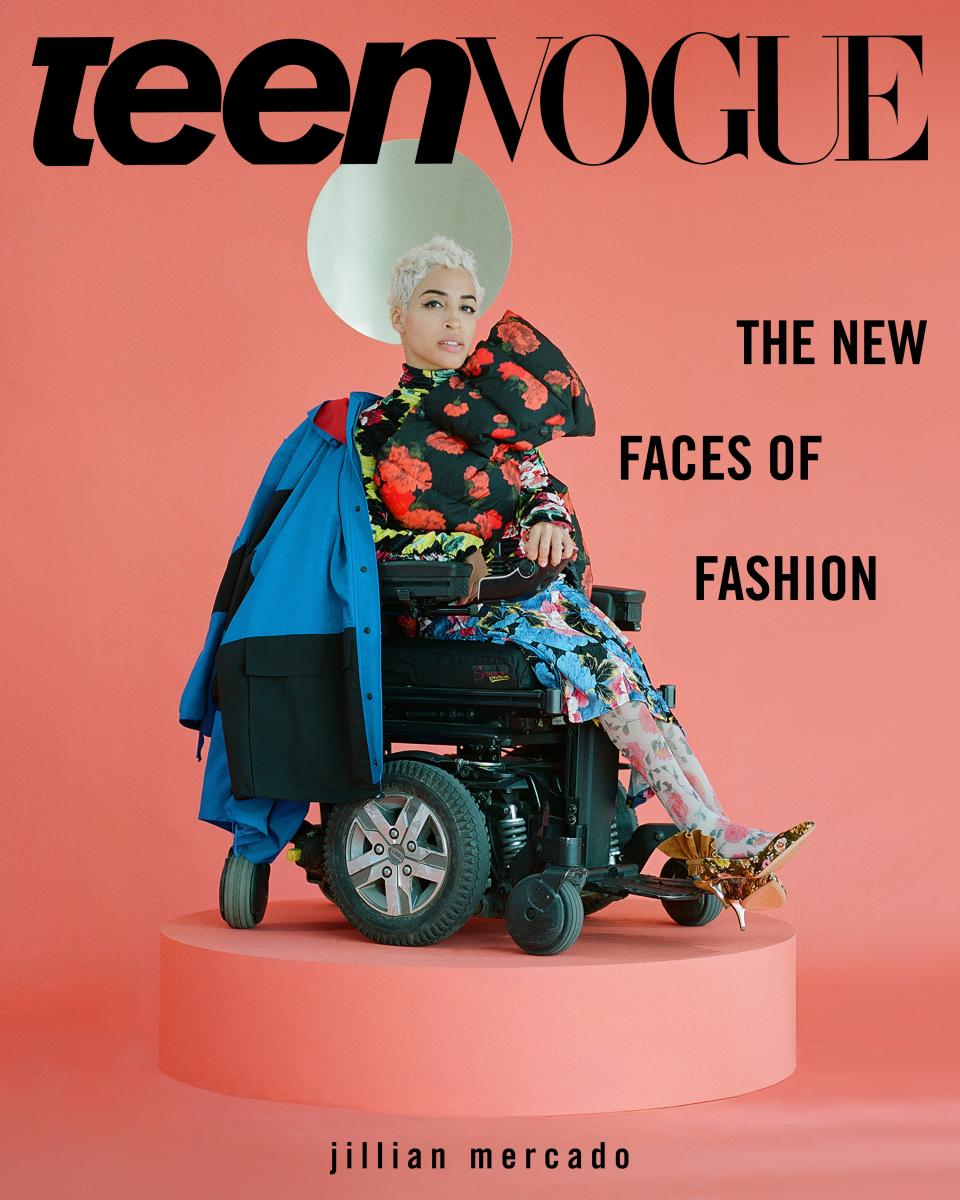
Mama Cax understands the exclusivity of her industry, too. She landed her first campaign in 2017 with Wet n Wild, and the diversity of that cast inspired her to consider modeling as a viable career choice. She’s now represented by Jag Models and has starred in campaigns for Tommy Adaptive, ASOS, and Chromat.
Mama Cax has always loved fashion, but that love blossomed when she started dressing up her prosthetic leg, choosing different colors and covers for it. Her favorite? The very first one, bought from Alleles, in part because of the sentimental value and also the regal autumn gold and maroon colors because fall is her favorite season. Her decision to style her prosthetic and wear it proudly has inspired other amputees. “When I first started blogging, a lot of women amputees were messaging me about how they'd never seen someone an amputee on social media or anywhere showing their prosthetics,” she recalls. “I think it's so important to show people who have physical disabilities because there are people out there who have physical disabilities who buy products and who never see themselves represented in any way, shape, or form.”
Jillian knows the impact that representation can have on your psyche. Growing up, she was frustrated by the lack of visibility afforded to the disabled community in fashion ads and runway shows. “Even as a very young girl and adolescent, I always knew that there was a hole in the fashion industry, and that it wasn't fair that I did not see myself reflected,” she says. “I wanted to feel like I was a part of it, but there was nothing that was helping me see that.”
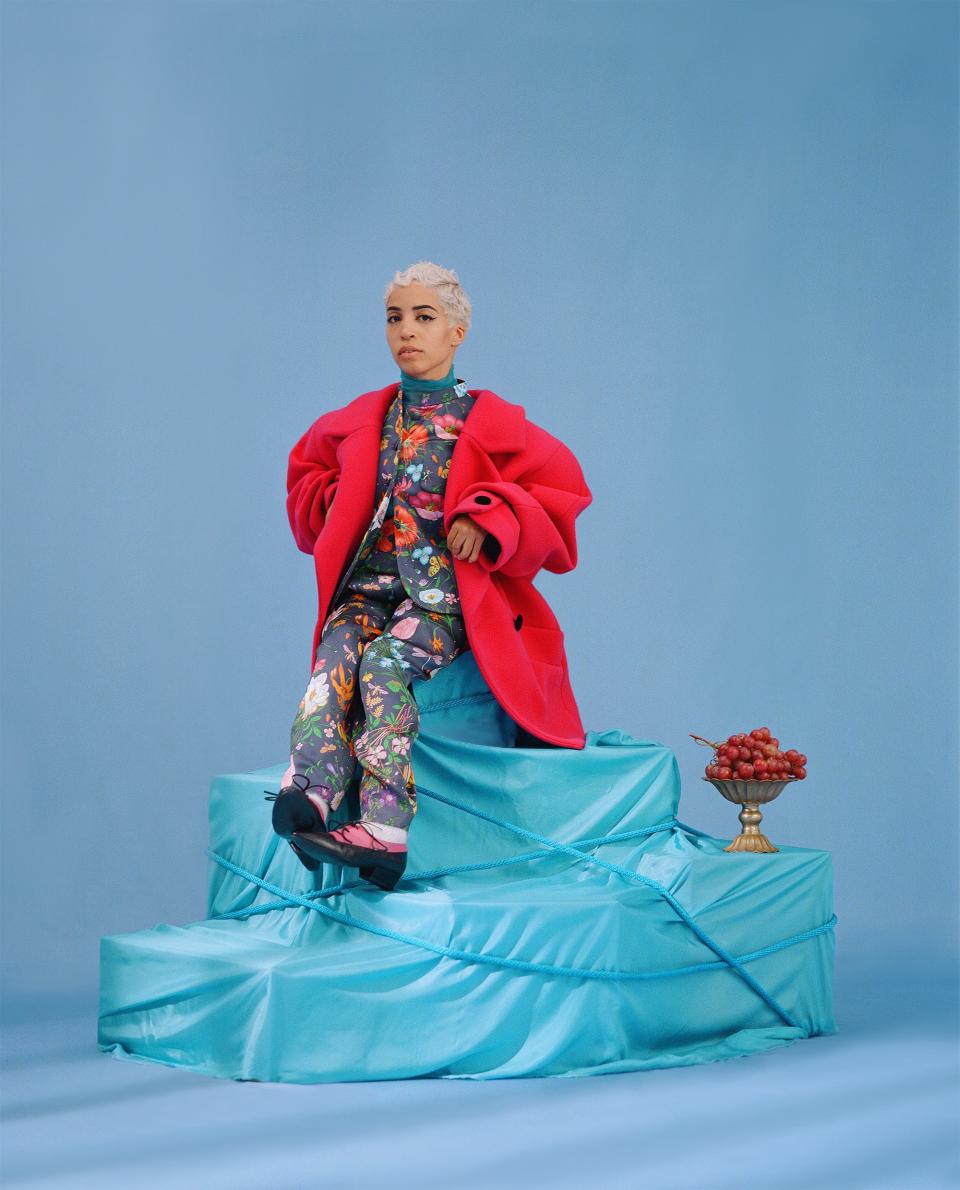
She internalized a sense of shame around her appearance and hid herself because of it. “When I was younger, I would only show my face [on social media sites], that’s it. There was a time when I was just very ashamed of who I was because not only was I not seeing myself represented anywhere, but I was put into the category that I wasn’t enough, that I couldn't feel good about myself. One day I was like, enough is enough. I am going to embrace who I am,” Jillian says.
Now an in-demand model represented by IMG, Jillian has worked with Nordstrom, Target, Diesel, and she modeled merch for Beyoncé’s website. More recently, she posed for an Olay campaign that ended up on a billboard in Times Square. “It’s going to take time and patience, but I'm a fighter, I'm a warrior, and I will continue [advocating] until we are all represented.”
Modeling has historically relied on a rigid set of ideals of beauty: thin, able-bodied, white, and tall. As we watch that world slowly shift into a more inclusive place with regard to race, size, gender, and sexual orientation, that shift should include disabled bodies as well. Like other types of representation, seeing disabled models in magazines, on covers, and elsewhere can and will change people’s lives.
In addition to being the right thing to do, inclusion not only positively impacts revenue (see: Aerie’s 38% sales growth in the first quarter of 2018) but it increases positive brand sentiment when people see themselves represented in ad campaigns and on runways. Chelsea saw this phenomenon when she starred in the #AerieReal ad campaign. The Special Olympics champion and gymnast, who started training at the age of five, entered Aerie’s social media contest by submitting a video. The contest asked participants why they should be featured in the ads. Chelsea’s answer: because she is “strong and proud” and beautiful. The campaign was a huge success with several social media users praising the brand for being inclusive. “Since the launch, the response has been empowering — not just for us, but for so many other girls who want a safe place to share their story and feel good about their real selves,” says Jennifer Foyle, Aerie's global brand president.
“The Aerie campaign was so popular that I think the public really wants to see more people with disabilities,” Chelsea’s mother, Lisa, tells Teen Vogue. “I think if other companies see the positive feedback they're going to realize it's a really good thing for them to do, business-wise. It's a huge segment of the population that has disabilities.” In fact, according to the 2016 U.S. census, more than one in three households has a person who identifies as disabled, and their collective spending power is more than $1 billion, Nielsen reports.
Now signed to We Speak agency, Chelsea’s walked at New York Fashion Week and starred in an H&M campaign. She also boasts over 142,000 followers on Instagram. “It's interesting because a whole bunch of her followers are parents of kids with Down syndrome,” Lisa says. “And we get comments all the time and messages that Chelsea is giving them hope for their children because in the past they didn't really see a great future for their kids. When they see someone like Chelsea achieving their dreams and doing things that have never been done, it seems to have a huge impact. That makes us want to do even more.”
What Brands Get Wrong
As important as it is for models to advocate for inclusion of models with disabilities, it is just as important for brands to do the same. They are the institutions with the power to make large and lasting changes in how fashion is shifting and evolving. Brands within the fashion industry are in a unique position because of their ability to showcase art and culture while also influencing it.
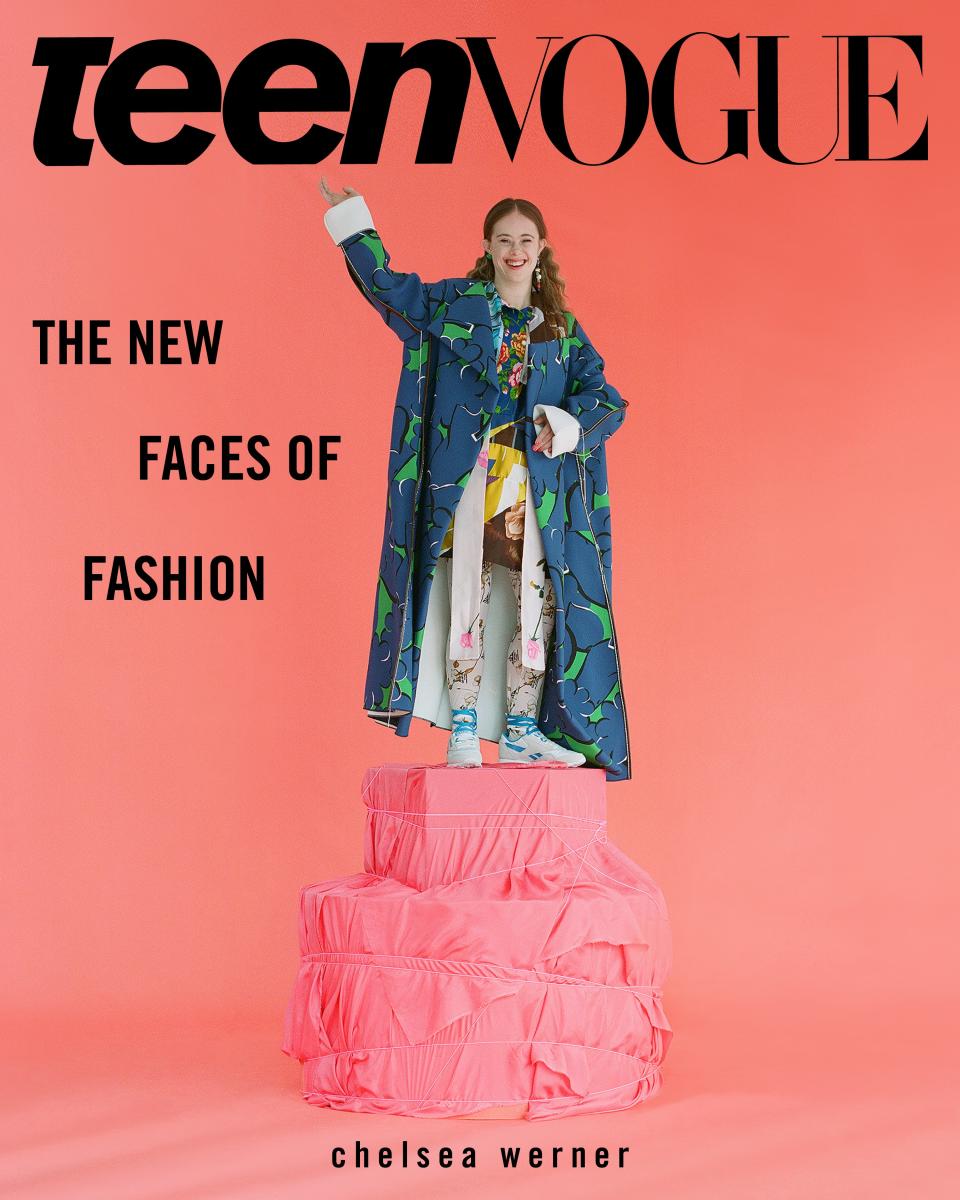
One such brand is Tommy Hilfiger. Their line of adaptive clothing, aptly labeled Tommy Adaptive, boasts the same signature colors, design, and cool vibe consumers are used to. The only difference is that these clothes were created with disabled people in mind. “We wanted Tommy Adaptive to have the classic, cool, American style that all of our collections have. Using styles from our existing collections, we added modifications that were both functional and discreet,” Alicia Loehle, the Tommy Hilfiger public relations director, tells Teen Vogue.
In order for the Tommy brand to ensure that their line was both functional and fashionable, the team worked with members of the disabled community. "With Tommy Adaptive, we took inclusion beyond design and worked with leaders and influencers in the disability space to bring our collections to life."
There is an obviousness to including disabled people in the creation and rollout of a line that is supposed to cater to them. However, it doesn’t always happen that way. When these companies don’t collaborate with disabled people, the clothes often look frumpy and unflattering, purely functional with no consideration for fashion. Mindy Scheier, who created the Runway of Dreams Foundation (RODF), thinks it’s a grave mistake for “brands [to] tap into this arena without the involvement of people with disabilities.” She founded RODF after her son Oliver, who has rigid spine muscular dystrophy, expressed his desire to wear jeans and she couldn’t find any to accommodate his leg braces. Her nonprofit offers adaptive-design workshops, awareness-building campaigns, and scholarships programs, and hosts an annual fashion show and gala.
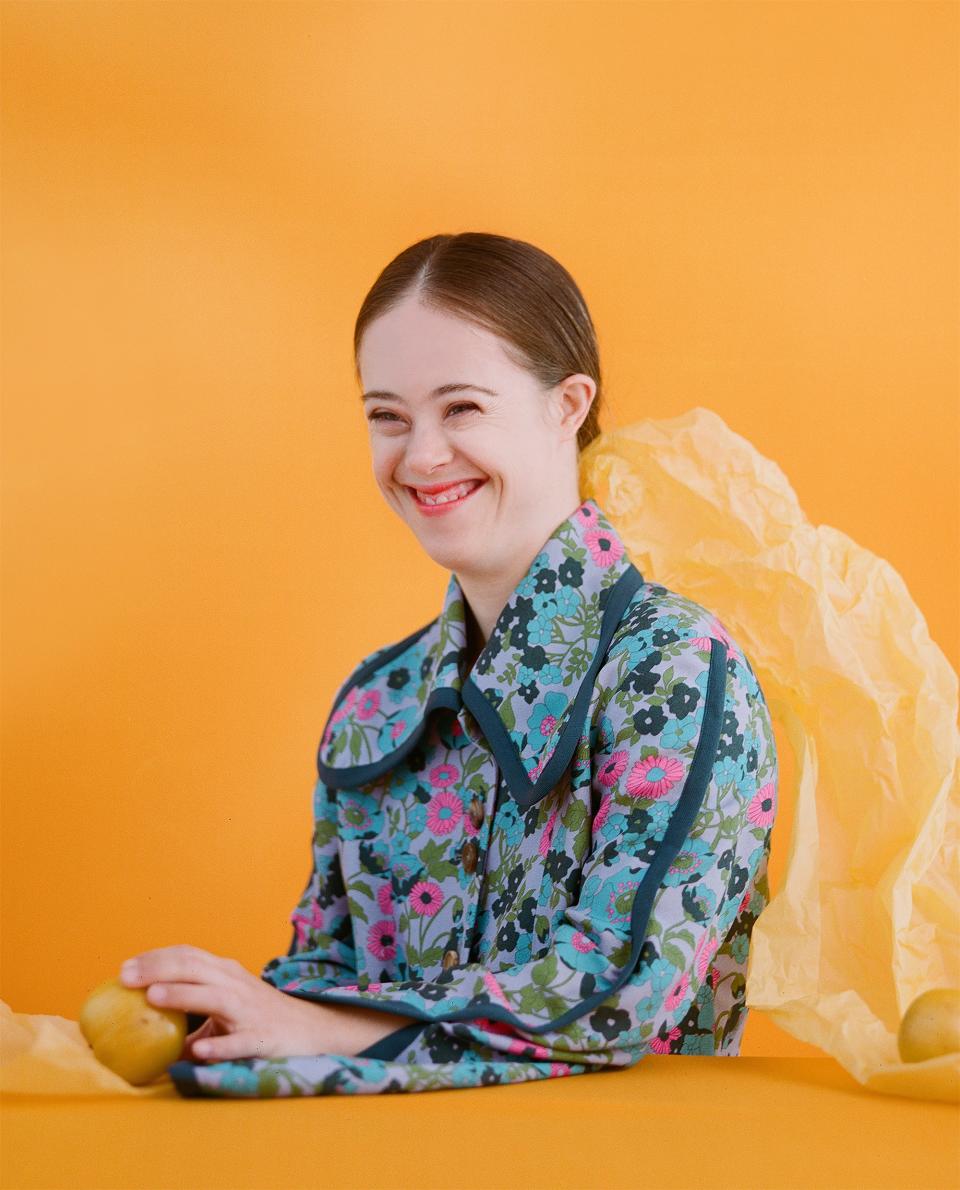
Mindy cites a lack of education as one of the many reasons brands neglect the disabled community. “We spend a lot of time educating brands in terms of who people with disabilities are, and try to dispel misnomers and myths about this population, and also dispel the notion of fear,” she explains. “There was a lot of fear out there of insulting, not using the right words as it relates to people with disabilities, maybe designing something that the population would think wasn't right. And so rather than take the plunge, I think it was easier [for brands] not to get involved.”
Anna Sui says education was her first priority when she served as a mentor for the 2018 Design for Disability fashion show and gala, hosted by the Cerebral Palsy Foundation. “When I was asked to mentor them, I thought, Oh, my God. I don't know the first thing about disabilities. I hadn't had that situation in my family and I just needed to educate myself. But the best education really was meeting the kids that were going to be the models and the model mentors.”
Anna mentored design students from the Fashion Institute of Technology, Pratt Institute, and Parsons School of Design as they created adaptive clothing for people with disabilities. “The thing that really broke the ice, it was one [model] that I asked ‘What are you thinking? What is it that you want to look like?’ He said, ‘You know, Anna, I just want to look hot.’ And I thought, That's like everybody else. That's all we want. And that's really what we strive for is to make him look hot and feel good about himself.” One misconception about the disabled community is that “looking hot” is not a concern, that we don’t care about the aesthetics of our clothing, but that couldn’t be further from the truth. Not only do we want a bevy of stylish clothing options, we want to see ourselves reflected on the runway.
Diversity on the Runway
Casting agents are still slow to cast disabled models for fashion shows and photo shoots. It’s not that there’s a shortage of disabled models willing to participate. Mindy says when the Runway of Dreams Foundation did their first social media casting call three years ago, the response was overwhelming. “We couldn't even keep up with the submissions that came in and what came out of that was we started a model look book and we now have over 500 participants."
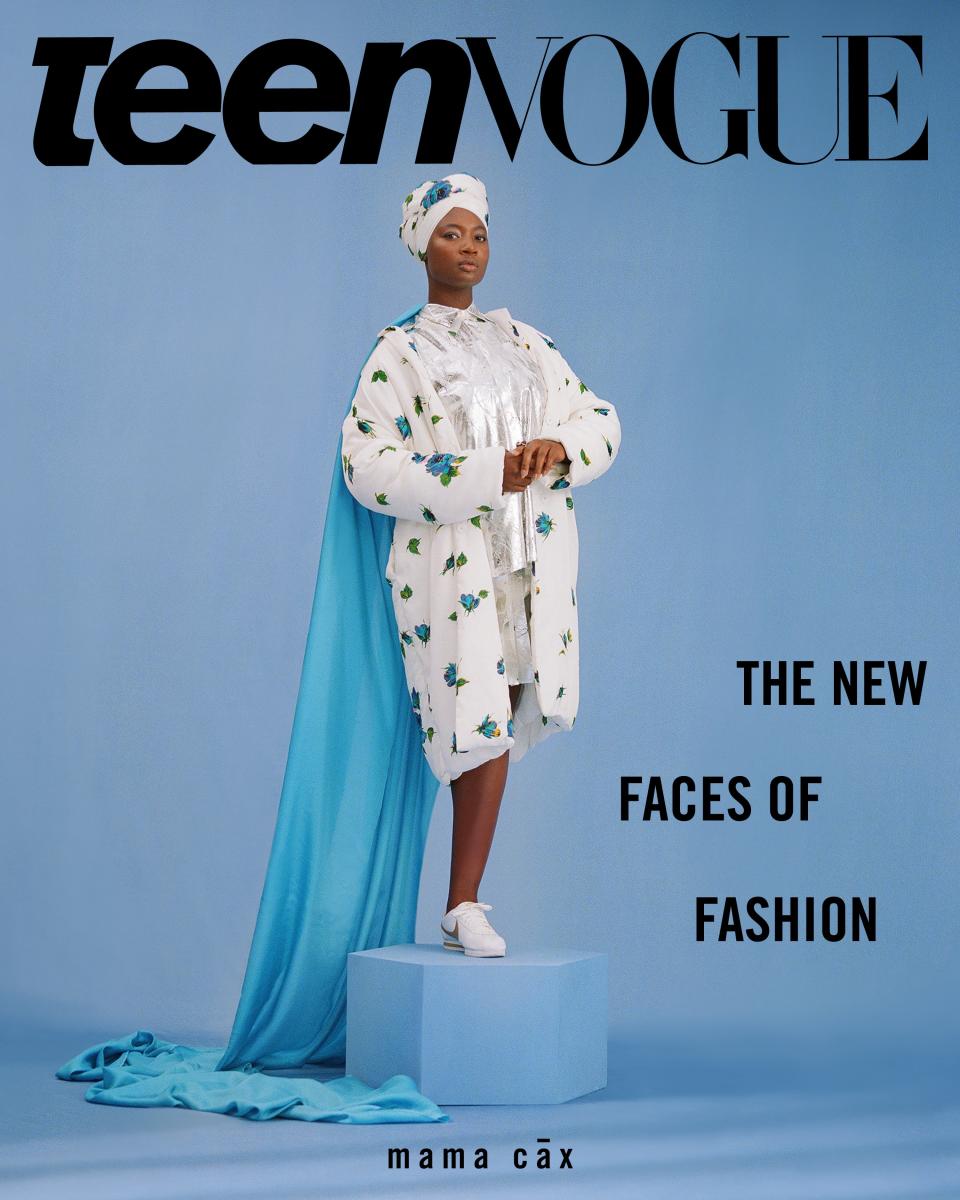
Jillian believes it’s time for modeling agencies to acknowledge models with disabilities: “It’s such a beautiful moment in time now that we have the ability to voice our opinion, to voice our frustration that we've always been in the room but for some reason we've been invisible. And for casting directors to finally put their glasses on and see us."

And it’s not just about casting disabled models, it’s about making the necessary accommodations for them when they are booked. Mama Cax notes that not every modeling job she books is at an accessible location, and she makes a point to educate brands about it. “I am in this position where I am able to go up and down the stairs, even though it is not my favorite thing. I make it known that they need to have an accessible venue if they’re going to hire someone who needs accommodation..”
These three women are refusing to take "No" for an answer. They have faced discrimination and flat-out rejection by fashion industry insiders because of bodies they cannot change and should not have to.
Through it all, they are living out their dreams and changing the notion of who a model can be. And they are opening doors for others to walk, roll, and run through — without apology.
Get the Teen Vogue Take. Sign up for the Teen Vogue weekly email.
Want more from Teen Vogue? Check this out:
Diversity Isn't Just a Marketing Strategy for These 3 Designers
These People With Disabilities Have Ideas for Making Shopping More Accessible
Credits:
Photo Assistants: Rachel Kessler and Alex Morgan
Fashion Assistant: Alexa Eschert
Stylist Assistant: Stella Evans
Tailor: Simone Kurland
Hair Assistant: Megan Motter
Makeup Assistant: Shoko Sawatari
Manicure: Yukie Miyakawa
Set Design: Danielle Selig
Set Design Assistants: Abdiel Munoz and John Saczko
Teen Vogue Creative Director: Erin Hover
Teen Vogue Visuals Director: Rhianna Rule
Teen Vogue Senior Visuals Editor: Noelle Lacombe
Fashion Credits in Video:
On Chelsea: Aerie Flannel Shirt, $39.95. Aerie.com. Araks Cadel Slip Dress, $320. Araks.com.
On Cax: Aerie Oversized Chenille Turtleneck, $59.95. Aerie.com. Sandro Bell-Sleeve Sweater, $250. Sandro-paris.com.
On Jillian: Aerie Ribbed Long Sleeve Tee, $29.95. Aerie.com. Araks Cadel Slip Dress, $320. Araks.com.

